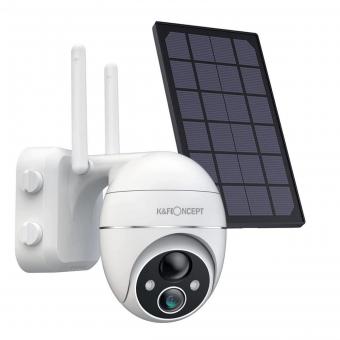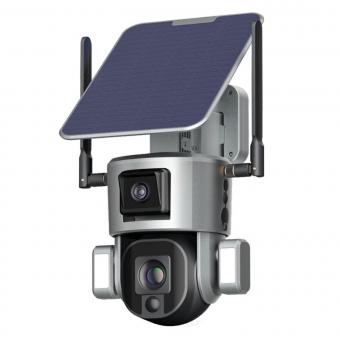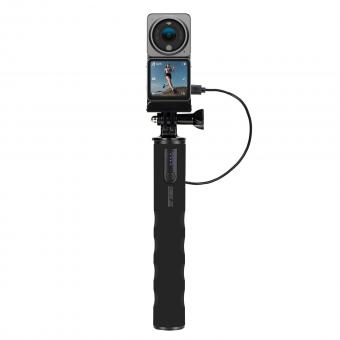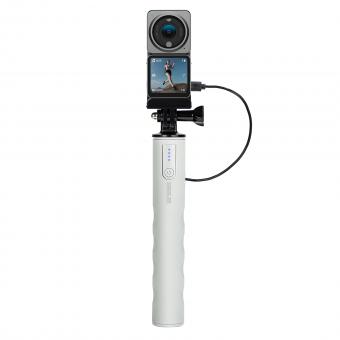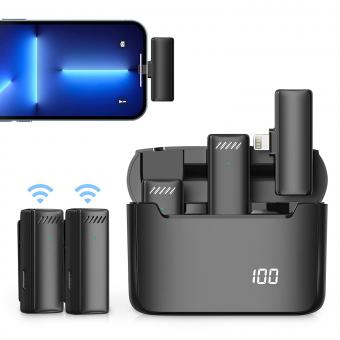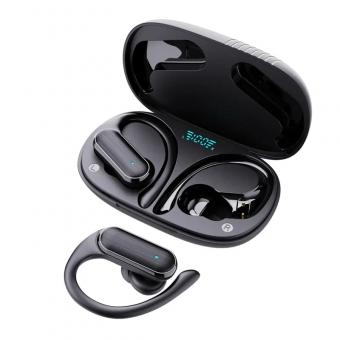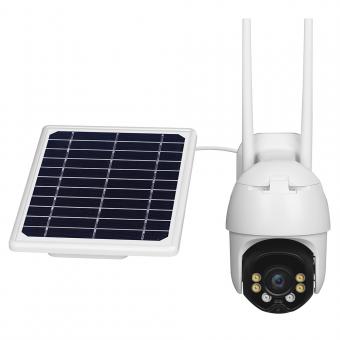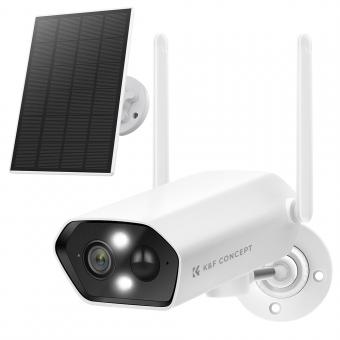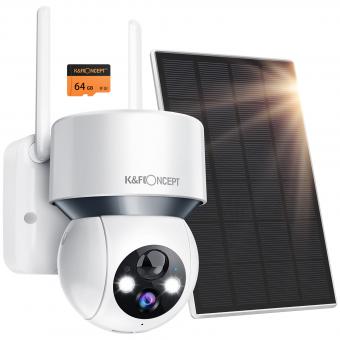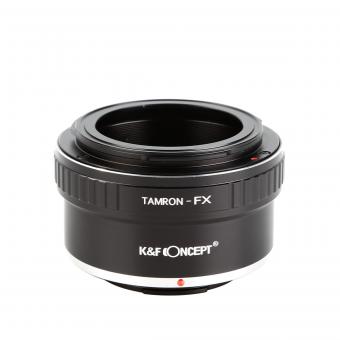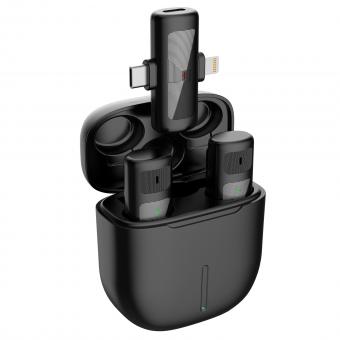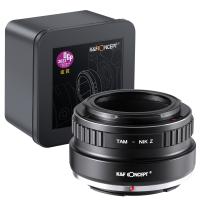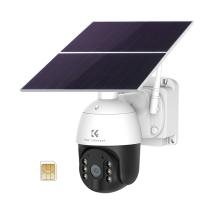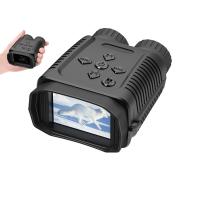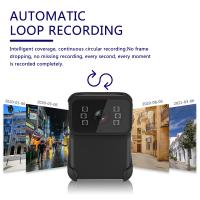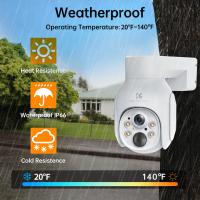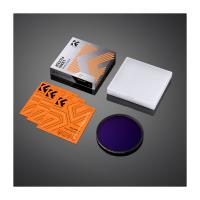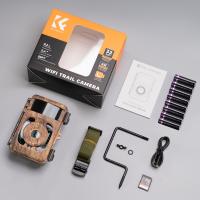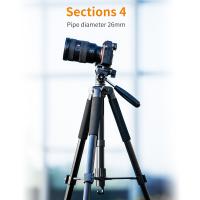How To Power Wireless Security Cameras ?
Wireless security cameras can be powered in a few different ways. One option is to use batteries, which provide a portable and easy-to-install solution. Another option is to use a power adapter that plugs into a nearby electrical outlet. Some wireless cameras also have the ability to be powered by solar panels, which can be a convenient and environmentally friendly option. Additionally, there are wireless security cameras that can be powered by Ethernet cables, utilizing Power over Ethernet (PoE) technology. This allows both data and power to be transmitted through a single cable, simplifying the installation process. Ultimately, the method of powering a wireless security camera will depend on the specific model and its capabilities.
1、 Battery-powered wireless security cameras
Battery-powered wireless security cameras are a convenient and flexible option for home or business surveillance. These cameras eliminate the need for complicated wiring and can be easily installed in any location. However, it is essential to understand how to power these cameras effectively to ensure continuous operation and reliable security monitoring.
The primary source of power for battery-powered wireless security cameras is, as the name suggests, batteries. These cameras are equipped with rechargeable batteries that can last anywhere from a few weeks to several months, depending on usage and camera settings. It is crucial to choose cameras with high-quality batteries and consider the battery life before making a purchase.
To power these cameras, you will need to recharge the batteries periodically. Most battery-powered wireless security cameras come with a charging cable or dock that allows you to recharge the batteries conveniently. It is recommended to have spare batteries on hand to ensure uninterrupted surveillance while the drained batteries are being recharged.
Another option to power these cameras is through solar panels. Some battery-powered wireless security cameras are designed to be compatible with solar panels, allowing them to be powered by the sun. This is an eco-friendly and cost-effective solution, as it eliminates the need for frequent battery recharging.
It is important to note that the latest advancements in battery technology have significantly improved the battery life of wireless security cameras. Manufacturers are constantly working on developing more efficient batteries that can last longer and provide better performance. Additionally, some cameras now come with advanced power-saving features, such as motion detection and sleep modes, which help conserve battery life.
In conclusion, battery-powered wireless security cameras offer a flexible and convenient solution for surveillance needs. By understanding how to effectively power these cameras, either through rechargeable batteries or solar panels, you can ensure continuous operation and reliable security monitoring. With the latest advancements in battery technology, these cameras are becoming more efficient and long-lasting, providing enhanced security for homes and businesses.

2、 Solar-powered wireless security cameras
Solar-powered wireless security cameras are an excellent option for those looking for a reliable and eco-friendly surveillance solution. These cameras utilize solar energy to power their operations, eliminating the need for traditional electrical wiring or batteries. Here's a guide on how to power solar-powered wireless security cameras:
1. Choose the right camera: Look for a wireless security camera that is specifically designed to be solar-powered. These cameras typically come with built-in solar panels and rechargeable batteries.
2. Install the camera in a sunny location: To ensure optimal performance, place the camera in an area that receives ample sunlight throughout the day. This will allow the solar panel to capture and convert sunlight into energy efficiently.
3. Position the solar panel correctly: Make sure the solar panel is angled towards the sun to maximize its exposure. Adjust the angle according to the latitude of your location for optimal energy absorption.
4. Connect the camera to the solar panel: Most solar-powered cameras come with a cable that connects the camera to the solar panel. Follow the manufacturer's instructions to properly connect the camera to the solar panel.
5. Monitor battery levels: Keep an eye on the camera's battery levels to ensure it is receiving enough solar energy. Some cameras have a battery indicator that shows the current charge level.
6. Regularly clean the solar panel: Dust, dirt, or debris can reduce the efficiency of the solar panel. Clean it regularly with a soft cloth or brush to maintain optimal performance.
It's worth noting that advancements in solar technology have made solar-powered wireless security cameras more efficient and reliable than ever before. With improved solar panels and battery storage capabilities, these cameras can now operate even in low-light conditions or during cloudy days. However, it's always a good idea to have a backup power source, such as a battery or a generator, in case of extended periods of low sunlight or inclement weather.
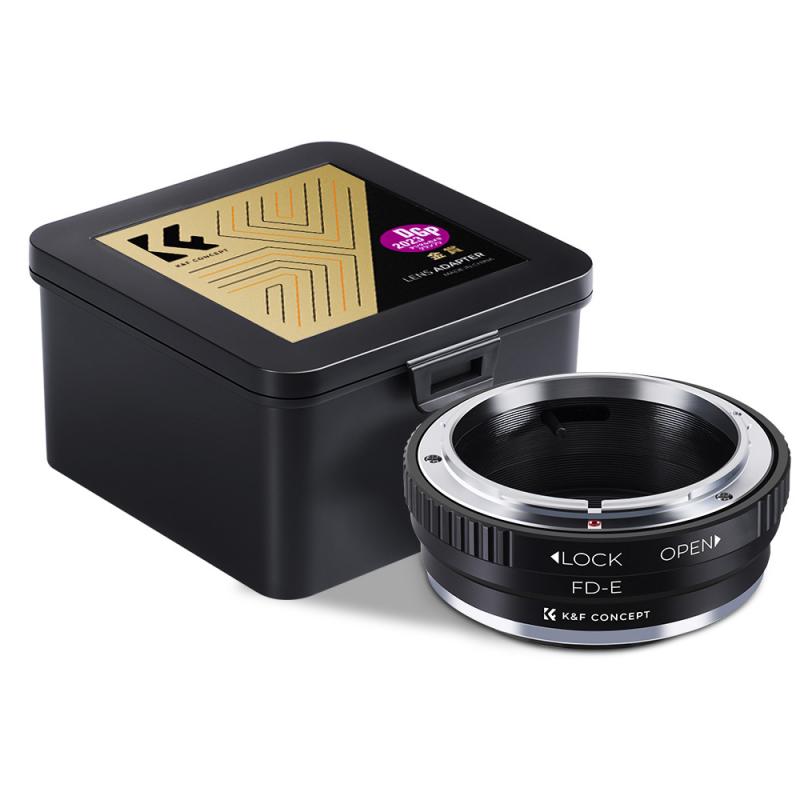
3、 PoE (Power over Ethernet) wireless security cameras
To power wireless security cameras, one option is to use PoE (Power over Ethernet) technology. PoE wireless security cameras are becoming increasingly popular due to their convenience and ease of installation.
PoE cameras are designed to receive both power and data through a single Ethernet cable, eliminating the need for separate power cables. This makes installation much simpler and reduces the clutter of wires. The power is supplied by a PoE switch or injector, which can be connected to a power source such as a wall outlet.
The latest advancements in PoE technology have made it even more efficient and reliable. The latest PoE standards, such as IEEE 802.3af and 802.3at, provide higher power output, allowing for the use of more advanced cameras with additional features like pan, tilt, and zoom. These standards also support longer cable runs, enabling cameras to be placed further away from the power source.
Furthermore, some PoE switches now offer PoE+, also known as 802.3bt, which can deliver even higher power levels. This is particularly useful for outdoor cameras that may require additional power for features like built-in heaters or motorized lenses.
In addition to the convenience and simplicity of installation, PoE cameras offer other benefits. They can be easily integrated into existing network infrastructure, allowing for centralized management and control. PoE also provides a reliable power source, as it is not affected by power outages or electrical interference.
Overall, PoE wireless security cameras are an excellent choice for powering and connecting security cameras. With the latest advancements in PoE technology, they offer improved power output, longer cable runs, and increased flexibility for advanced camera features.
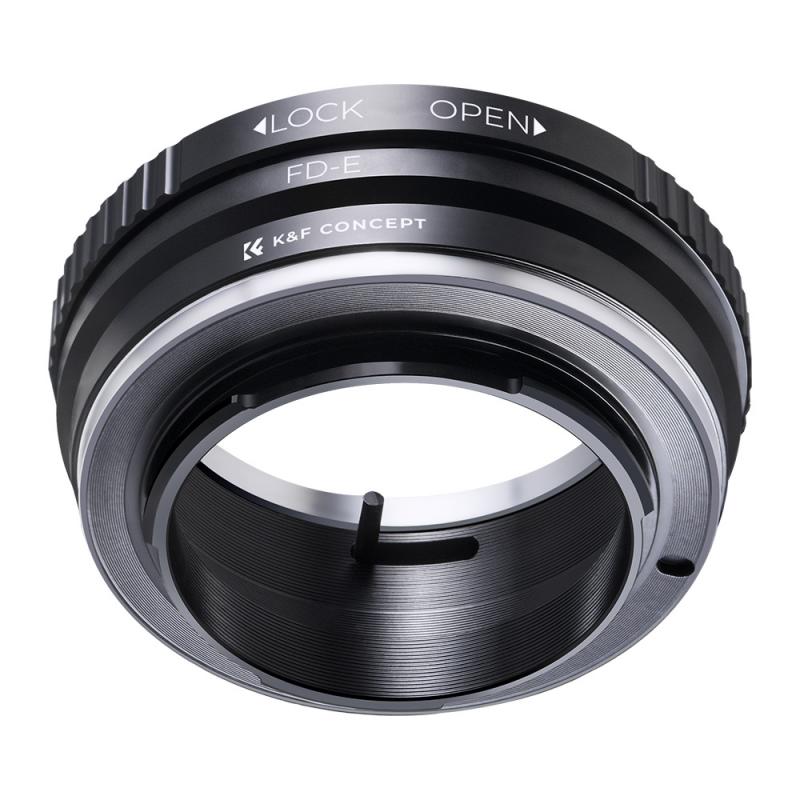
4、 AC-powered wireless security cameras
AC-powered wireless security cameras are a popular choice for many homeowners and businesses due to their reliability and continuous power supply. These cameras are designed to be connected directly to an electrical outlet, eliminating the need for frequent battery replacements or recharging.
To power AC-powered wireless security cameras, follow these steps:
1. Choose the right location: Select a suitable location for your camera where an electrical outlet is easily accessible. Ensure that the camera has a clear view of the area you want to monitor.
2. Mount the camera: Install the camera securely using the provided mounting hardware. Make sure it is positioned correctly for optimal coverage.
3. Connect the power cable: Plug one end of the power cable into the camera and the other end into a nearby electrical outlet. Ensure that the cable is properly connected and not damaged.
4. Set up the camera: Follow the manufacturer's instructions to set up the camera. This may involve connecting it to your Wi-Fi network and configuring any necessary settings.
5. Test the camera: Once the camera is powered on, test its functionality by accessing the live feed through the manufacturer's app or software. Make any necessary adjustments to the camera's position or settings.
It is worth noting that advancements in technology have led to the development of battery-powered wireless security cameras with improved performance and longer battery life. These cameras offer flexibility in terms of installation and can be placed in areas without access to electrical outlets. However, they may require periodic battery replacement or recharging, which can be a hassle for some users.
Ultimately, the choice between AC-powered and battery-powered wireless security cameras depends on your specific needs and preferences. AC-powered cameras provide a reliable power source, ensuring uninterrupted surveillance, while battery-powered cameras offer more flexibility in terms of placement.


